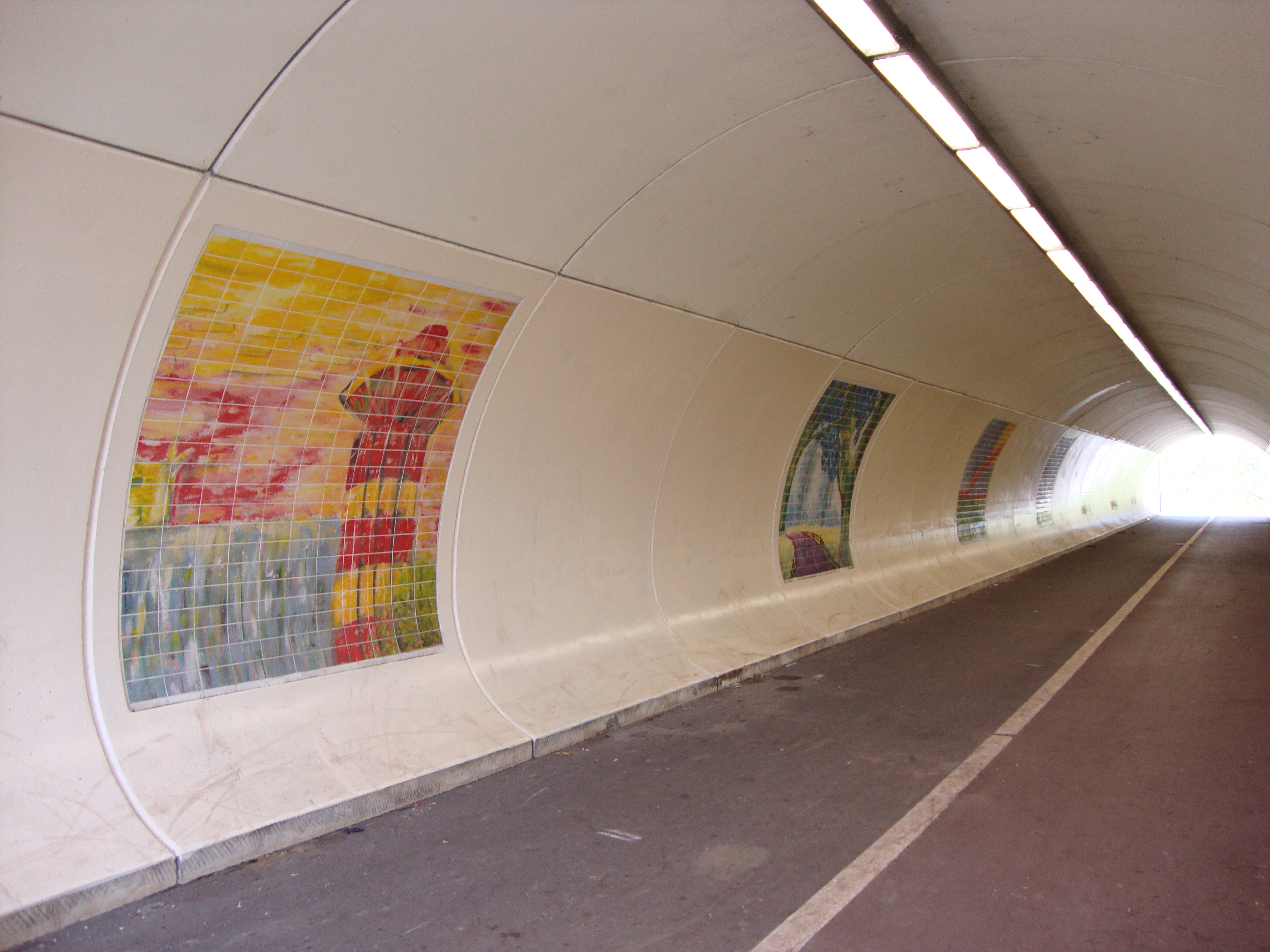Teal & Mackrill and TWI Joins ‘Pristine’ Anti-Graffiti Project

TWI, through its work with the London South Bank University’s (LSBU) Advanced Resins and Coatings Technologies Innovation Centre, has joined a collaborative project to develop a durable paint repellent coating for long life anti-graffiti protection.
Introduction
TWI, through its work with the London South Bank University’s (LSBU) Advanced Resins and Coatings Technologies Innovation Centre, has joined a collaborative project to develop a durable paint repellent coating for long life anti-graffiti protection.
Led by EpiValence and alongside fellow partners Teal and Mackrill Ltd, the ‘PRISTINE’ project will build upon LSBU’s research expertise in functionalised silica nanoparticles. EpiValence, meanwhile, will use their expertise in the development and manufacture of silica nanoparticles while Teal and Mackrill will draw upon their expertise in paints and coatings.
The project began in November 2019 and will run for 18 months, with TWI’s input being overseen by Technical Manager, Professor Géraldine Durand. The aim of the PRISTINE project is to develop a durable paint-repellent coating that is able to compete with commercially available coatings by offering improved environmental resistance, repellency and easier cleaning characteristics using greener materials.
This will be achieved by incorporating greener novel functional additives into existing coating resins to create a highly durable hydrophobic and oleophobic coating composed of multiple-functionalised silica nanoparticles. The innovative approach will decrease the surface energy of the coating to the point where it is less than the surface tension of the paint, thereby preventing wetting from occurring.
Economic and Social Considerations
Graffiti costs over £1 billion per year to the UK economy, around £5.3 billion across the EU, £9.16 billion in the United States and £1.48 billion in Australia. With the estimated global cost of graffiti being over £21.94 billion per year, there are evident economic benefits to the PRISTINE project.
These clean-up costs look set to rise as graffiti-based vandalism is on the increase, with the British Transport Police reporting that quarter one of 2018 saw the highest number of graffiti attacks since 2010. These graffiti attacks tend to take place on rolling stock, at stations, tunnels, bridges, on trackside surfaces and on commercial and residential buildings. While they create a major cost to industry and public bodies who are required to clean the graffiti, there are also social implications to consider.
Although there has been a great deal of publicity given to graffiti produced by Banksy – including the positive economic effects related to increased house prices, tourism and crowds of art-lovers - most graffiti has a negative impact. Graffiti vandalism is associated with anti-social behaviour, fly-tipping and littering. This creates a negative perception of areas and encourages further incidents of graffiti vandalism, creating a downward spiral. There are also implications for the graffiti writers themselves, with trespass onto rail lines having led to deaths among taggers. Three men died in London while tagging at night in July 2018 and three teenagers were killed in 2015 while
